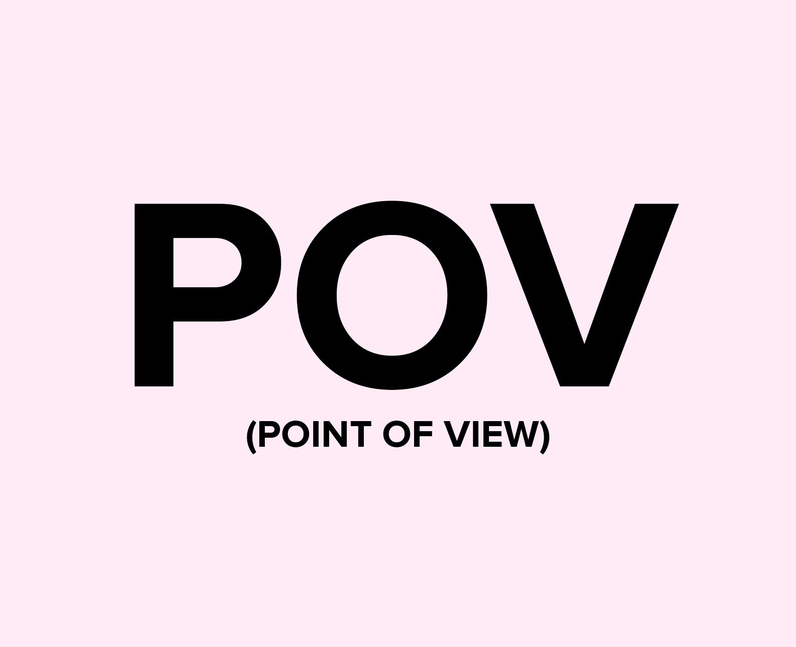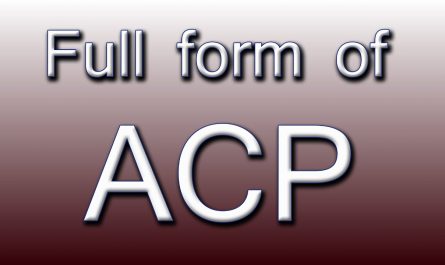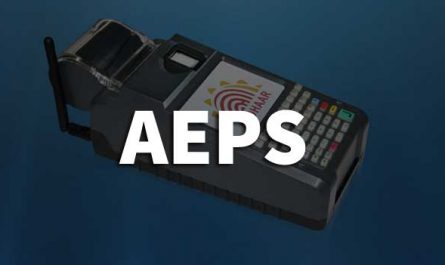In the world of content creation and storytelling, POV is an essential element that brings depth and perspective to any narrative. Short for “Point of View,” POV is a literary technique that allows readers or viewers to experience a story through the eyes of a specific character. This article aims to shed light on the full form of POV and its significance in various forms of media.

What is POV?
POV, an abbreviation for “Point of View,” refers to the perspective or vantage point from which a story or narrative is told. It represents the lens through which the audience experiences and interprets events, emotions, and characters within a literary work, film, or any form of storytelling.
The choice of POV significantly influences the narrative’s tone, intimacy, and reader engagement. It determines whose thoughts, feelings, and perceptions the audience gains access to, and it shapes their understanding of the story’s unfolding events. By immersing the audience in a specific character’s viewpoint, POV allows readers or viewers to become active participants in the story, seeing and feeling through the eyes of the protagonist or other narrators.
What is the Full Form of POV?
The full form of POV is “Point of View.” It is a fundamental concept in storytelling, allowing writers, filmmakers, and creators to craft narratives from a particular character’s or narrator’s perspective. The POV provides insight into the character’s thoughts, emotions, and perceptions, creating a more immersive and engaging experience for the audience.
In addition to its literary significance, POV is also an acronym for other phrases in various fields. For example, in the context of video recording devices, POV stands for “Point of View,” referring to the camera’s perspective capturing the scene as if seen through the eyes of the person recording it.
When to Use POV Word
The term “POV” is commonly used when discussing narrative techniques and literary analysis. Writers, students, and critics frequently employ it when examining the choice of perspective in a novel, short story, or film. Understanding the different types of POV and when to use them can greatly impact the storytelling experience.
Moreover, “POV” is often used in creative writing workshops, where authors discuss the advantages and challenges of employing specific points of view. By choosing the right POV for a story, writers can effectively convey their intended emotions and engage readers more effectively.
How to Use POV and What is the Work of POV
Using POV effectively involves selecting the most suitable perspective to tell a story and employing it consistently throughout the narrative. There are several common types of POV, including first-person, third-person limited, and omniscient. Each offers distinct advantages and limitations, influencing the reader’s connection with the characters and their understanding of the plot.
First-person POV allows readers to experience the story directly through the eyes of the protagonist, using “I” or “we” pronouns. This creates an intimate and personal connection but limits the reader’s access to other characters’ thoughts and emotions.
Third-person limited POV offers an external perspective while focusing on a single character’s thoughts and experiences. It provides more narrative distance but still allows readers to connect with the protagonist on a deeper level.
Omniscient POV grants the storyteller complete knowledge of the characters and events, enabling them to present multiple perspectives. This broadens the reader’s understanding of the story but may create a sense of detachment from individual characters.
Also Read:- Ti police full form
Importance of POV in Storytelling
1. Creating Empathy and Connection
By employing a specific POV, writers can establish an emotional connection between the audience and the characters. Through this connection, readers or viewers can empathize with the protagonist’s struggles, fears, and triumphs. This emotional bond enhances the overall impact of the narrative and leaves a lasting impression on the audience.
2. Shaping the Narrative Structure
Different POVs can significantly influence the structure of a story. Whether it’s first-person, third-person limited, or omniscient, each POV offers a distinct narrative structure. First-person POV provides an intimate and personal experience, while third-person limited allows readers or viewers to delve into the mind of a single character. On the other hand, omniscient POV grants a broader perspective by revealing the thoughts and feelings of multiple characters.
3. Building Suspense and Mystery
POV can be a powerful tool in building suspense and creating mystery within a narrative. By limiting the reader’s or viewer’s access to certain information, writers can keep them guessing and engaged. Unreliable narrators, a common technique in storytelling, utilize POV to mislead or manipulate the audience, leading to thrilling plot twists and revelations.
4. Exploring Different Perspectives
One of the greatest strengths of POV is its ability to offer diverse perspectives. By adopting different POVs, authors can explore various characters’ viewpoints, allowing readers or viewers to gain a deeper understanding of different ideologies, cultures, and experiences. This exploration fosters empathy, broadens horizons, and encourages open-mindedness.
Transitioning Words and Active Voice
Transition words play a vital role in creating a cohesive and smooth-flowing article. They serve as bridges between ideas, allowing readers to follow the logical progression of thoughts. Here are some examples of transition words that can be used throughout the article:
- Firstly
- Moreover
- Additionally
- In addition to
- Furthermore
- However
- On the other hand
- Nonetheless
- Finally
- Therefore
To maintain an active voice, the article will be structured using active sentence constructions. This approach enhances clarity, directness, and engagement, ensuring the content remains dynamic and impactful.
Conclusion
In conclusion, POV, short for “Point of View,” is a fundamental aspect of storytelling that significantly influences how audiences experience narratives. By adopting different POVs, creators can shape emotional connections, develop intriguing structures, build suspense, and offer diverse perspectives. The power of POV lies


